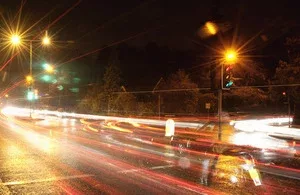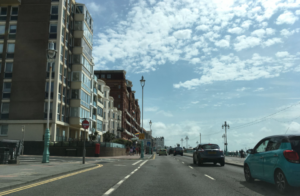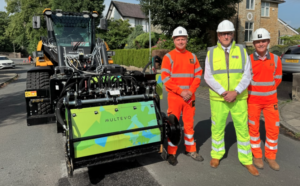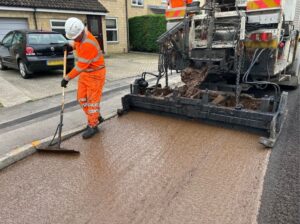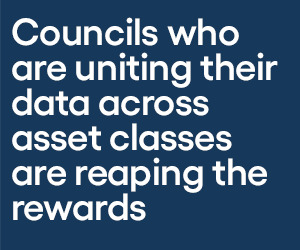A resurfacing programme will see 47 roads in Brighton & Hove treated between June and the end of July.
As part of the council’s ongoing commitment to improve the condition of its roads and the look and feel of Brighton & Hove, a programme of ‘micro-resurfacing’ will take place on almost 100,000 square metres of road over the next eight weeks.
Working with contractors, the resurfacing will involve applying a layer of ‘microasphalt’ to the road. This will make the surface smoother, skid resistant and watertight.
It will extend the life of the road by around 10 years and reduce the need for ongoing pothole repair.
Ironwork like manhole covers and drains will then be adjusted to the new layer before lines are repainted. The whole process should take around a week from start to finish for each road.
The new scheme comes hot on the heels of a programme to resurface Lewes Road which has just been completed.
The council has also recently resurfaced High Street, Kemptown and are currently working on a new surface for Norfolk Square.
Councillor Trevor Muten, Cabinet Member for Transport, Parking and Public Realm said: “Making our roads better and tackling potholes is a top priority so I’m very happy to see that we’ll be improving so many roads in such a short space of time.
“We know potholes annoy and frustrates residents. Unfortunately, the money we receive from the government to help fix them fallen year on year in real terms, making it much harder for us to keep up with demand.
“By taking a strategic approach and prioritising the roads which need it most, we can improve journeys for residents and keep the city moving.”
Microasphalt is a slurry which quickly forms a watertight layer on the road to help prevent wear and tear.
It’s also a cost effective, quick to apply and low carbon treatment which can extend the life of a road by around 10years. This reduces the need for reactive maintenance to tackle potholes in the future.
To manage the limited budgets, the council has taken a data-led approach to how we allocate funds for road maintenance.
It uses criteria such as the condition of the road, predicted deterioration rates, levels of use, strategic significance, historic reactive maintenance costs and proximity to key services.
All this information is then used to generate a priority list for consideration each year.
PIC-GOV.UK



